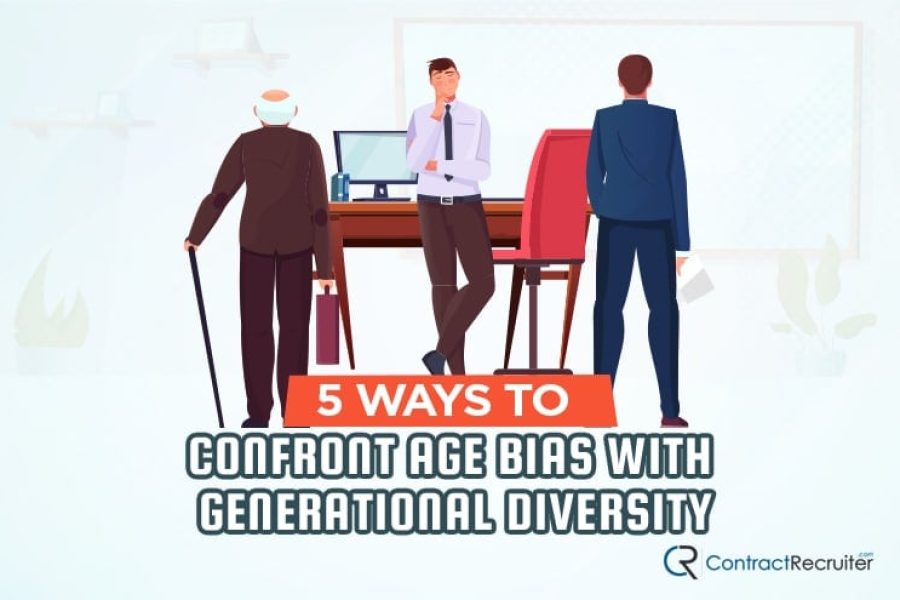Generational diversity in your workplace can have many benefits, including bringing different perspectives to your organization, creating the opportunity for knowledge sharing between generations, and improving customer experience.
Unfortunately, there are many stereotypes about the various generations that can leave companies with teams that aren’t able to benefit from age diversity. For example, some organizations or HR teams might assume that older people will be resistant to change, more costly, and less able to deal with an increasingly technological world.
These stereotypes aren’t just harmful to older workers, but they’re also harmful to your organization. By working to improve generational diversity, you can simultaneously confront age bias.
What do you need to know about age bias and generational diversity in the workplace? How can you use the latter to confront the former?
What Is Age Bias?
Age bias, sometimes referred to as ageism, is a type of discrimination that involves holding negative stereotypes about people based on their age.
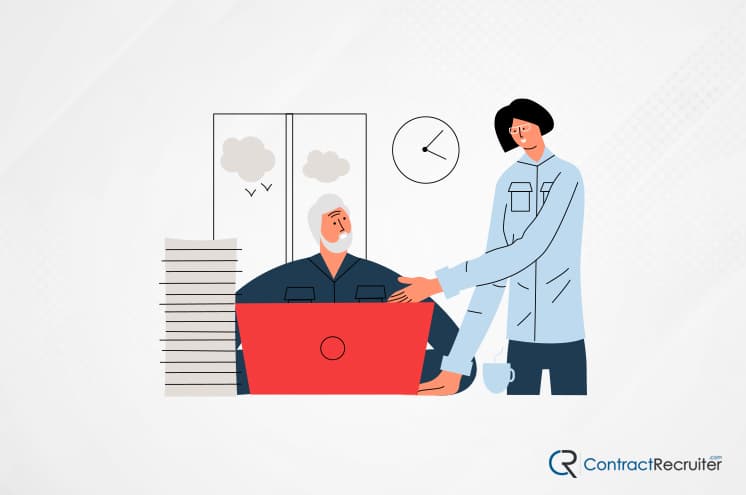

People of all ages can be impacted by age bias, whether young or old. Instances of ageism can be found in countless situations and settings, whether in healthcare, the workplace, or social environments.
What Is Generational Diversity?
When you work to create generational diversity in your workplace, it means that a wide range of generations are represented within your organization. Generational diversity isn’t just something you should promote for PR reasons- having a healthy balance of generations in your workplace can benefit your brand, your employees, and your clients.
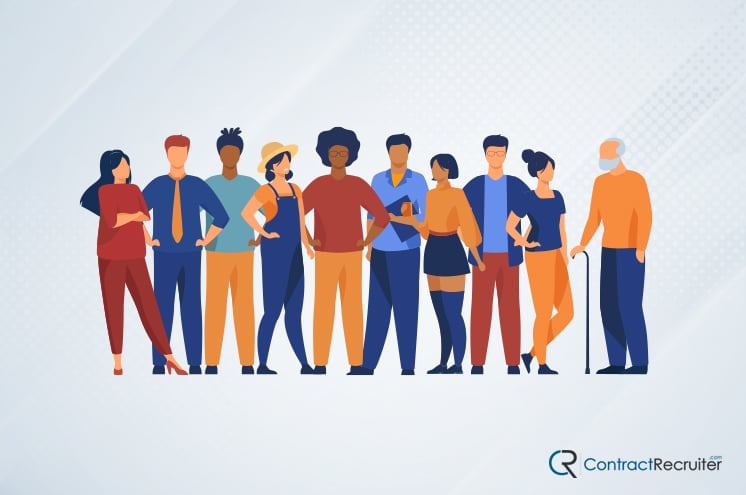

For example, younger generations tend to value novelty, innovation, variety, and diversity. However, they lack the experience and knowledge that can only be gained through time in the workforce. Therefore, when you create multigenerational workforces, both generations can benefit and grow from the strengths of the other.
Which Generation Makes Up the Largest Workforce Segment?
According to the Pew Research Center, Millennials are the largest generation in the US labor force. Analyzing data from the US Census Bureau found that 35% of workforce participants are Millennials, meaning they were born between 1981 and 1996.
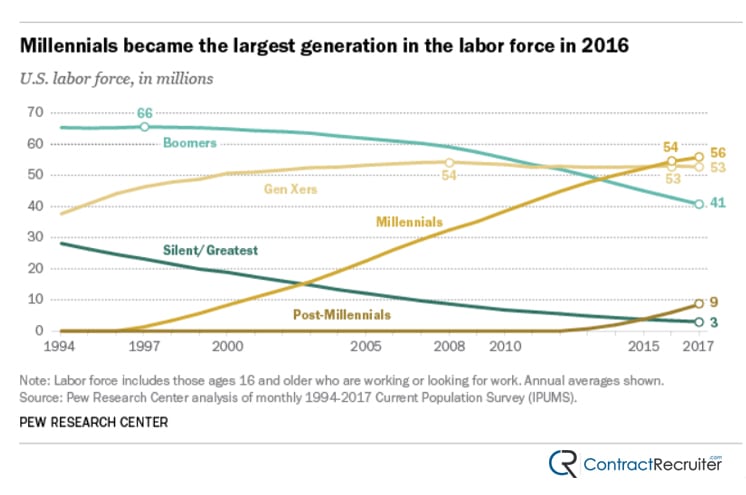

While there may be 56 million Millennials making up a big chunk of the working population, four other generations are present in our current economy.
The next largest segment of the US workforce is Gen Xers, a generational term that refers to people born between 1965 and 1980. Americans born between 1946 and 1964, commonly called Baby Boomers, made up 25% of the labor force in 2017, while the Silent Generation (born 1945 or earlier) only comprised 2% of the working population.
As of 2017, 5% of Post-Millennials (also known as Gen Z) had jobs in the US. However, as more Americans born in 1997 or later have reached working age, the percentage of Gen Z in the workforce has increased since the studies were conducted.
The Five Generations Making Up the Modern Workforce
The Department of Labor predicts that 99.3% of the US workforce will be comprised of Gen Z, Millennials, Gen X, and Baby Boomers. As the Silent Generation grows older, fewer and fewer of them are participating in the labor force.
Let’s take a closer look at each generation in the modern workforce to illustrate how each group has valuable skills and characteristics to bring to any organization.
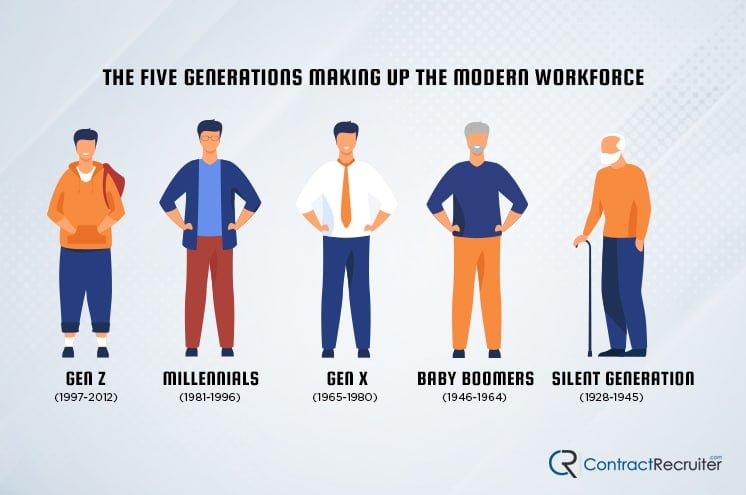

1. Gen Z
Born between 1997 and 2012, the youngest members of this generation are only about ten years old in 2022. As the years continue to go by, Gen Z will increasingly make up a substantial part of the workforce and most likely replace Millennials as the largest generational group in the US economy sometime down the road.
Having grown up with technology being an integral part of their lives, it’s no surprise that Gen Z is considered the most tech-savvy generation in the workforce. Compared to the other generations, they tend to prefer career stability and be more cautious.
2. Millennials
Sometimes referred to as Generation Y, Millennials are drawn to the startup mentality and are innovation-focused. Preferring flexibility in the workplace and the ability to maintain a healthy work-life balance, Millennials are expected to make up as much as 75% of the workforce by 2025.
Great at multitasking and always interested in working smarter rather than harder, the needs and wants of Millennials have noticeably impacted company cultures around the world.
Millennials tend to require quite a bit of feedback from their employers compared to older generations. A few negative stereotypes about Millennials include being too dependent on technology and self-involved.
3. Gen X
Since the Gen X generation is smaller than the Baby Boomers and Millennials, you don’t find as much discussion about them as you do with these more popularly discussed generations.
Gen Xers have the potential to bring a lot of value to any organization. They are known for being self-sufficient and extremely independent while also being the generation that brought work-life balance to the forefront of the conversation.
While they might not be as tech-savvy as Millennials or Gen Z, Gen X is known for being very capable when it comes to technology.
4. Baby Boomers
Baby Boomers are known for being a hardworking generation that puts quite a bit of focus on professional accomplishments. Competitive and goal-oriented, you’ve probably heard Baby Boomers referred to as the “workaholic” generation.
While Millennials and Gen Z might prefer communicating via text or online, Baby Boomers tend to prefer phone calls or in-person communication.
5. The Silent Generation
The smallest segment of the working population, the Silent Generation, is typically said to include people born between 1928 and 1945. Considering that someone born in 1928 would be 94 in 2022, you can understand why the Silent Generation is less and less represented in the workforce with each passing year.
Having grown up during the Great Depression and World War II, it’s fair to say that this generation had a very different life experience than their younger coworkers. Typically considered to be very resilient and have a strong work ethic, people in the Silent Generation tend to value life stability, financial security, and comfort.
When the Silent Gen first entered the labor force in the 1950s and 1960s, they commonly joined traditional corporate hierarchies. At this time, professionalism and workplace etiquette were highly valued.
5 Ways to Confront Age Bias with Generational Diversity
You can employ numerous techniques to improve generational diversity in your workplace.
1. Establish Employee Retention Practices
Increasing generational diversity in your organization isn’t just about hiring people of various ages but also improving employee retention, so the representation of generations in your workplace is organically diverse.
There are many good reasons to implement strategies to reduce employee turnover, and improving generational diversity is only one.


As you likely know, hiring new employees and having frequent turnover is incredibly costly. By determining where your pain points are to incentivize employees to stay aboard the ship for years or decades to come, you can reduce your costs and improve your workplace culture.
Some things you can do to improve employee retention, as well as generational diversity, include improving communication, fostering teamwork, and building a mentorship program.
When recruiting new employees, you want to ensure the experience is positive for everyone involved. You can learn more about creating the best possible candidate experience in this article.
2. Pivot Your Recruiting Strategies
Another way to confront age bias in your organization is to adapt your recruiting strategies. You’ll want to be able to attract candidates across generations.
You can do this by ensuring that your job posting deliberately appeals to individuals of all ages. For example, Millennials might be more drawn to discussions of social responsibility and personal development opportunities, while Baby Boomers might be more interested in learning about your organization’s industry awards.
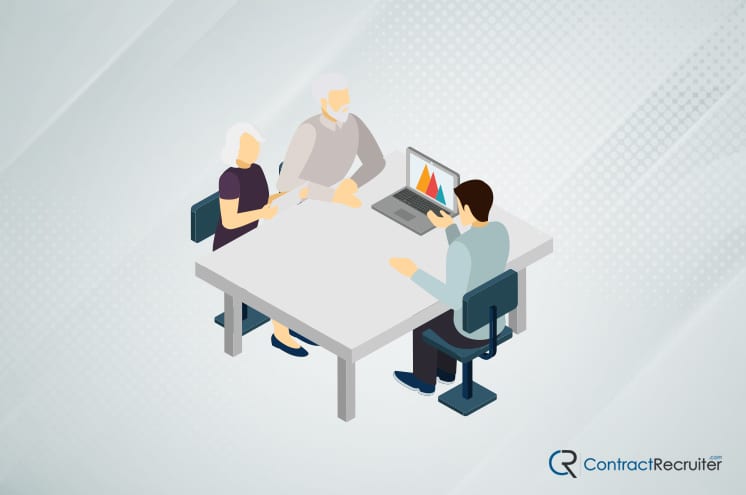

Where you post your open positions can also help to increase generational diversity. Gen Z and Millennials are more likely to be tied to the digital world, for example, while Baby Boomers might be better reached through referrals or your professional network.
That being said, you shouldn’t assume that Baby Boomers don’t use social media. In 2018, more than 60% of people between 50 and 64 used at least one social media platform.
Are you looking for ways to attract talent virtually? Check out these thirty online recruitment ideas.
3. Put Together Generationally Diverse Teams For Projects
One of the best things about generational diversity in the workplace is that it creates the potential for true growth and innovation in your organization. Older workers tend to benefit from younger, tech-savvy, and more flexible employees, while younger workers can benefit from older employees’ experience and accumulated knowledge.
When putting together a team for your next project, consider creating an age-diverse team to leverage each age group’s particular strengths. This is also the perfect opportunity to foster teamwork and relationships between employees of various ages.
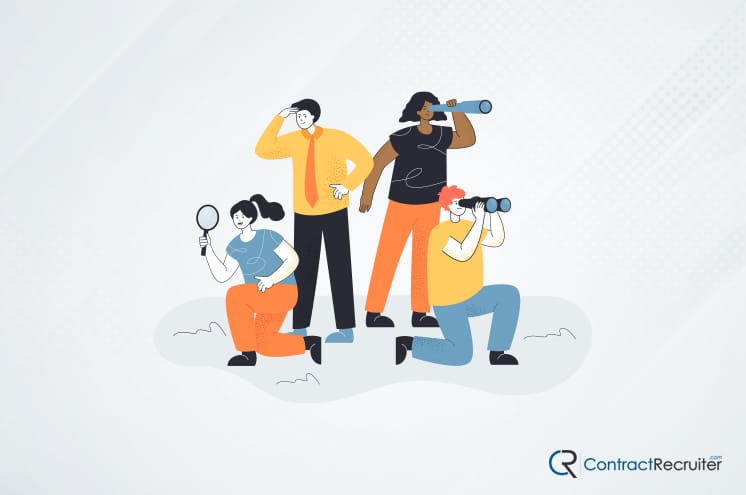

While creating age-diverse teams can create potential for disagreements or conflicting opinions, many employers and employees find that teams made up of people from various generations can create better outcomes and contribute positively to the company culture.
4. Avoid Making Assumptions Based on Age
There has been a significant campaign in recent years to remove bias from the workplace, and age discrimination is no exception. It’s essential to avoid stereotyping or making assumptions about people based on their age to take full advantage of your generationally diverse workforce.


There are generalizations about each generation, but Baby Boomers might suffer the most in this regard when it comes to the workplace. For instance, a commonly held belief is that older people aren’t knowledgeable about technology and therefore less suited to an increasingly computer-based economy.
However, one survey found that employees over 55 are less stressed out by using technology in the workplace than their younger coworkers.
5. Adapt Your Communication Style
There are many ways you can change your communication style to confront age bias and increase generational diversity in your organization.
For one, you can make an effort to overcome any age-based biases you hold and listen to your employees to understand what they need and want. Doing so can help avoid the negative aspects of stereotyping while also improving employee engagement, opening lines of communication, and boosting efficiency in the workplace.
You also might consider tailoring your style to meet the needs of each individual employee. This has to do with how you treat people and the avenues through which you contact them.
Different generations tend to have different preferences when it comes to communication. For example, Millennials prefer to communicate through text or instant messaging, while Baby Boomers would rather talk on the phone.
You can work to meet your employees more than halfway by understanding individual and generational preferences.


There’s also the opportunity for your multigenerational workforce to learn from one another. For example, you might consider creating an initiative where older employees can mentor younger employees. In comparison, younger employees might help older workers understand the ins and outs of social media and the digital landscape.
You’ll also want to think about your methods for delivering feedback. You’ll want to understand your employees’ preferences at the individual level while also grasping generational tendencies.
For example, Gen Z tends to prefer having a lot of feedback right away, while Gen X typically wants to be left alone.
Do you know other strategies for confronting age bias in the workplace that I missed? Or, perhaps, do you have any questions about how to improve generational diversity in your organization, or about generational diversity in general? If so, please feel free to leave a comment below, and we’ll get a conversation started on the topic!
Tackling bias and discrimination in the workplace is critical, and doing so properly is vital to the ongoing operations of your business. Together, we can make the workplace a safer and more inclusive environment for everyone involved. We’re always happy to assist our readers with improving their workplace in any way we can, so if any questions or concerns ever come to mind, please feel free to reach out at any time! Additionally, be sure to check out our other articles about how you can combat the other forms of discrimination in the workplace so that you can fight discrimination at all levels!

